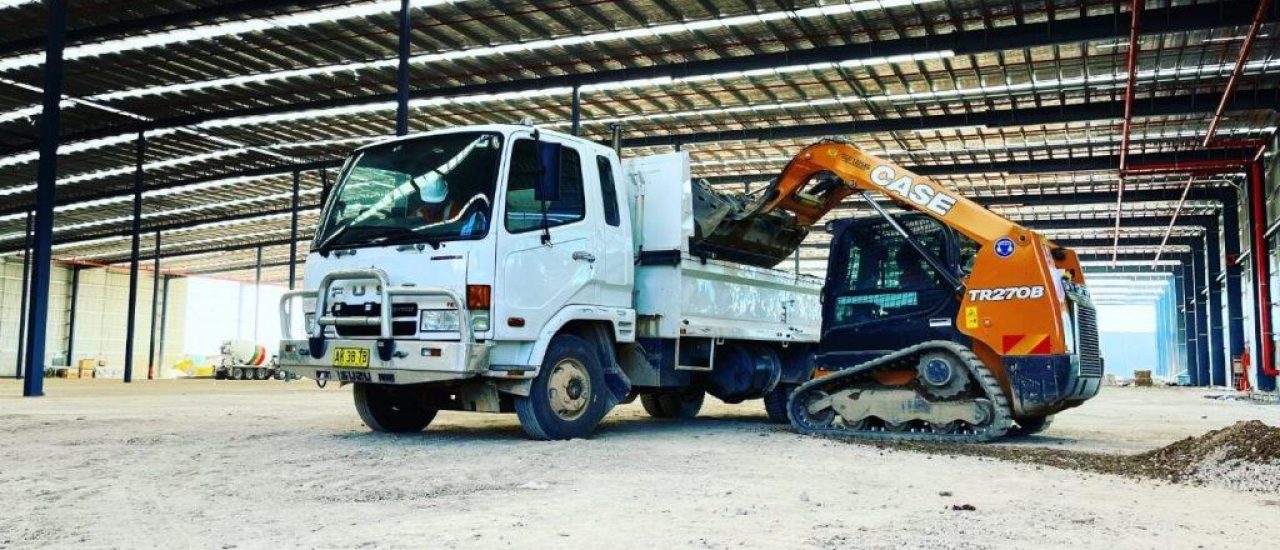What’s trending in civil construction services
- July 12, 2022
- 7:15 am
We are witnessing the construction sector emerge and expand after a rocky period of revising estimates and shifting expectations. Stricter rules help limit the margin for mistakes and waste while rising construction prices and labour shortages continue to pressure the sector to come up with innovative, competitive new concepts.
The construction site is always changing, so profit margins can rise. The roles of frontline employees and industry experts are also evolving due to trends in the technology and development of civil construction services.
The COVID-19 pandemic altered how the civil construction sector does business, including how projects are scheduled and completed, who is hired, and how clients are contacted.
The pandemic simply accelerated future industry trends as civil contractors in Sydney and all over the globe felt the need to adapt.

1. Innovative Equipment
Due to new state rules that place a strong emphasis on cleanliness and stringent safety procedures, the COVID-19 pandemic has significantly influenced building site standards. This also involves more union control over projects, which might raise project costs and duration.
The industry can also see an increase in equipment that can recognize typical safety concerns and remove them one by one.
Work boots that link to Wi-Fi and inform others if a person has fallen are examples of wearable technology working their way to the construction site. Robots with specific tasks build scaffolding or lay bricks independently, while material-moving “mules” deliver dangerous or heavy goods.
While keeping employees aware of their surroundings, new inventive headsets can even proactively decrease noise pollution while focusing on speech.
2. Cutting-edge technology
Shortly will unfold an updated technology in construction, particularly advancements that might increase productivity, which is expected to be the key differentiator for builders and developers. Construction technology has become more prevalent as a result of the COVID-19 epidemic. Through 2022 and beyond, the following tech categories will see a rise in demand:
Smart contracts
According to experts, blockchain technology enhances connections in the construction sector since it’s a vital enabler of a faster, more secure workflow that increases productivity for all parties involved. All participating organisations in a project may acquire, track, and pay for services using smart contracts’ common business system.
Firms may utilise smart contacts as an easy monitoring system whereby rules and deadlines are specified, and the blockchain enforces them rather than obtaining contracts and tracking deliveries from different parties.
This solution will result in quicker closeouts, improved project monitoring, enhanced security, and an automated supply chain.
Construction Drones
With usage increasing yearly, drone use within civil construction services continues to be among the trends with the quickest growth rates. Aerial photography for real estate and business endeavours is just one application of this technology.
Today’s drones are used to quickly survey areas over great distances, creating helpful thermal pictures and aerial heat maps. The developing drone software offers real-time, practical information to make decisions quickly, thereby optimising the entire building process.
Augmented Reality (AR)
By the end of the decade, the market for AR is estimated to range in trillions. AR implies effective project staging and making preconstruction projects tangible for purchasers and tenants from the client’s perspective.
AR makes it easier for developers and builders to employ 360-degree video and wearable technologies to:
- Future projects’ 3D rendering of their surroundings
- Automated building measurement
- Simulating design and engineering changes quickly and affordably
- Hazard simulations and safety training
Building Information Modeling (BIM)
Industry leaders distinguish themselves with increased efficiency thanks to building information modeling technologies. Users of BIM may create digital representations of structures and utilities, a thing that comes in handy, to say the least, among civil contractors.
Due to the simplicity of controlling these models and exchanging data, better prefabrication of components may be possible, resulting in accurate and on-time completion.
3. Mobile Access and Remote Workplaces
Real-time inspections, on-site accountability, and precise measurements obtained with a mobile phone camera are all made possible by mobile applications in the civil construction sector.
Teams were required to continue working together during COVID-19, having tangible access to resources, locations, and co-workers. This was not the case for the general public. Technology-enabled public approval sessions can take place electronically to keep public projects moving ahead without in-person meetings. Future productivity and sales will be at a disadvantage for companies without full mobile access.
The future looks bold, and we are getting there at a breakneck pace. Like most industries, if civil contractors can’t keep up with these advancements, or think that old ways of civil construction will still be competitive in a few years, they are mistaken.
Choose to do business with individuals who are passionate about what they do and do not see keeping up with the times as a burden. Choose your civil contracting company to be young at heart.